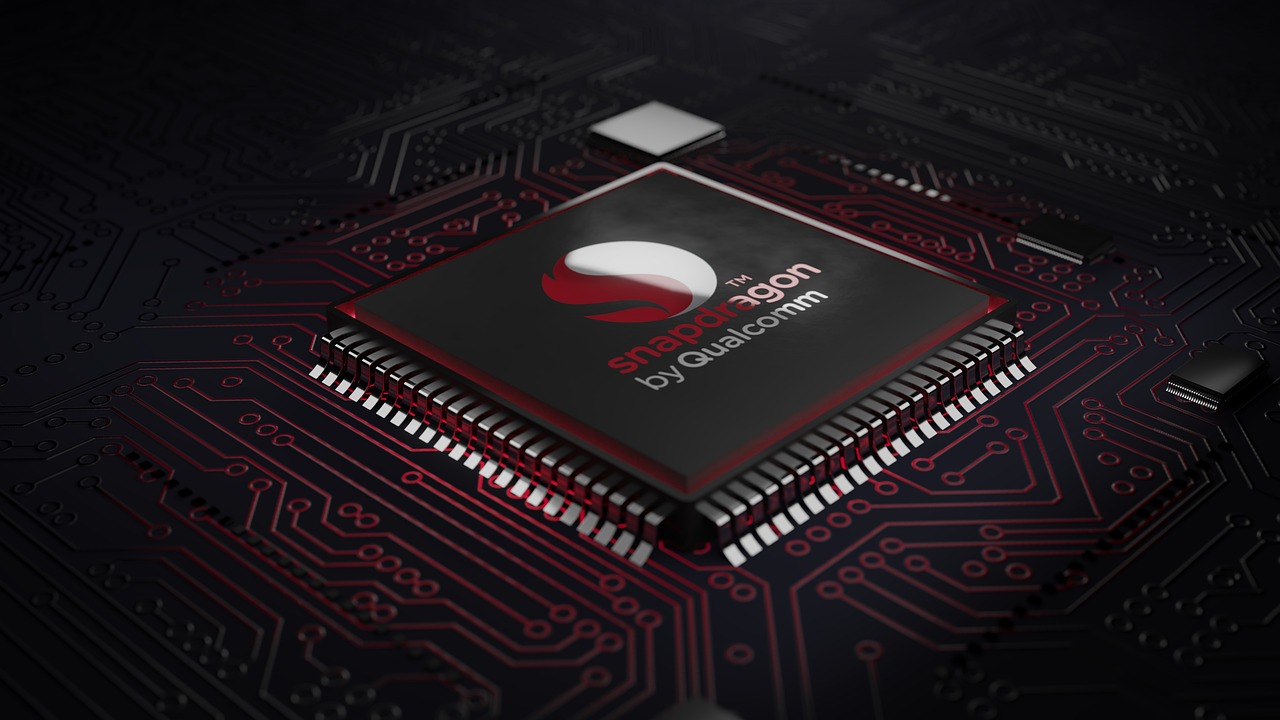Introduction
Qualcomm Snapdragon chipsets are one of the significant brains behind most Android smartphones. The company has launched three new chipsets – Snapdragon 720G, Snapdragon 662, and Snapdragon 460, which bring improved performance, new AI and imaging features, and support for Wi-Fi 6 network and Bluetooth 5.1. The new chipsets have been launched in India by Qualcomm, and they also bring support for ISRO’s new navigation system. In this article, let us discuss the features of the latest Qualcomm Snapdragon chipsets in detail and compare them with other chips in the market.
Snapdragon 720G and its features

The Snapdragon 720G is a mid-range chipset built using an advanced 8nm process. It features two Cortex A76 cores at 2.3GHz and six A55 cores at 1.8GHz, significantly improving performance over its predecessors. The chipset comes with the Snapdragon Elite Gaming suite, which supports features like jitter reduction, 10-bit colors with HDR, and AptX Adaptive audio codec.
One of the notable features of the Snapdragon 720G is its support for Qualcomm’s FastConnect 6200 Wi-Fi subsystem, which doubles Wi-Fi range and speeds. It also supports Wi-Fi 6 with 2×2 MIMO and a 4×4 MIMO X15 LTE modem that delivers Category 15 speeds up to 800Mbps over mobile networks. The chipset also has dual SIM, dual-VoLTE, and Wi-Fi calling support.
For graphics, the Snapdragon 720G features an Adreno 618 GPU for “true HDR10 gaming,” similar to the 730G. It also has a Hexagon 692 DSP for better on-device AI and Qualcomm’s Sensing Hub for always-on digital assistants. The SoC can support cameras up to 192MP and handle displays up to FHD+ (2520 x 1080) running at 90Hz/120Hz refresh rates. For battery performance, the chipset supports Quick Charge 4+.
Snapdragon 662 and its features
The Snapdragon 662 is another mid-range chipset with various upgrades to prepare it for 2020. Four Cortex A73 cores power it at 2.0GHz, four A53 cores at 1.8GHz, and the Adreno 610 GPU. It has an X11 modem that goes up to 390Mbps with 2×2 MIMO for connectivity.
The main highlight of the Snapdragon 662 is its support for the Spectra 340T ISP, which enables it to support up to three cameras at the back. This is the first time a 600 series chipset from Qualcomm can support this many cameras. For individual sensors, however, the chipset can handle sensors up to 48-megapixel and can also take HEIC photo and HEVC video formats.
The Snapdragon 662 can support FHD+ displays at 60Hz and even charge phones using Quick Charge 3.0. The chipset has been developed using an 11nm node.
Snapdragon 460 and its features
The Snapdragon 460 is Qualcomm’s latest SoC in the series, promising a performance boost of 70% over its predecessor. Graphics performance has also been improved with the use of an Adreno 610 GPU for the first time in this series. Much of this performance upgrade is because Qualcomm uses Cortex A73 cores up to 1.8GHz.
The SoC has again been built using an 11nm process, with the chipset supporting Quick Charge 3.0, HEIF compatibility, and FHD+ panels running at 60Hz. Interestingly, the Snapdragon 460 is rated to support cameras with up to 25-megapixel
Comparison with Other Chips
Now that we have looked at the features and specifications of the latest Qualcomm Snapdragon chipsets let’s compare them with some of the other popular mobile chips in the market.
| Chipset | Process | CPU Cores | CPU Frequency | GPU | ISP | Modem | RAM |
| Snapdragon 720G | 8nm | 2x Cortex-A76 @ 2.3GHz 6x Cortex-A55 @ 1.8GHz | Adreno 618 | Spectra 350L | X15 LTE | LPDDR4x @ 1866MHz | |
| Snapdragon 730G | 8nm | 2x Cortex-A76 @ 2.2GHz 6x Cortex-A55 @ 1.8GHz | Adreno 618 | Spectra 350 | X15 LTE | LPDDR4x @ 1866MHz | |
| Snapdragon 662 | 11nm | 4x Cortex-A73 @ 2.0GHz 4x Cortex-A53 @ 1.8GHz | Adreno 610 | Spectra 340T | X11 LTE | LPDDR4x @ 1866MHz | |
| Snapdragon 665 | 11nm | 4x Cortex-A73 @ 2.0GHz 4x Cortex-A53 @ 1.8GHz | Adreno 610 | Spectra 165 | X12 LTE | LPDDR4x @ 1866MHz | |
| Snapdragon 460 | 11nm | 4x Cortex-A73 @ 1.8GHz 4x Cortex-A53 @ 1.8GHz | Adreno 610 | Spectra 340 | X11 LTE | LPDDR4x @ 1333MHz |
As we can see from the above table, the latest Snapdragon chipsets, namely 720G, 662, and 460, are all built on an 8nm or 11nm process, which is more power-efficient than the older 14nm or 12nm processes used in some of, the older chipsets.
Regarding CPU cores and frequencies, the Snapdragon 720G is the most powerful, with two Cortex-A76 cores clocked at 2.3GHz and six Cortex-A55 cores clocked at 1.8GHz. The Snapdragon 662 and 460 have the same configuration of four Cortex-A73 cores clocked at 2.0GHz and four Cortex-A53 cores clocked at 1.8GHz.
For GPU, all three chipsets feature the Adreno 610 or 618, significantly improving over the Adreno 506 or 512 found in older chipsets like the Snapdragon 660 or 665. The Adreno 618 is found in both the Snapdragon 720G and 730G, while the Adreno 610 is in the Snapdragon 662 and 460.
Regarding ISP and modem, the Snapdragon 720G has the Spectra 350L and X15 LTE modem, which is better than the Spectra 350 and X15 LTE found in the Snapdragon 730G. The Snapdragon 662 and 460 have Spectra 340T and X11 LTE modems, which are improvements over the Spectra 165 and X12 LTE in the Snapdragon 665.
Lastly, in terms of RAM, all three chipsets support LPDDR4x RAM, which is faster and more power-efficient than LPDDR4 RAM found in older chipsets.
Conclusion
In conclusion, the latest Qualcomm Snapdragon chipsets, namely the Snapdragon 720G, 662, and 460, are significant improvements over their predecessors in performance, power efficiency, and features.

